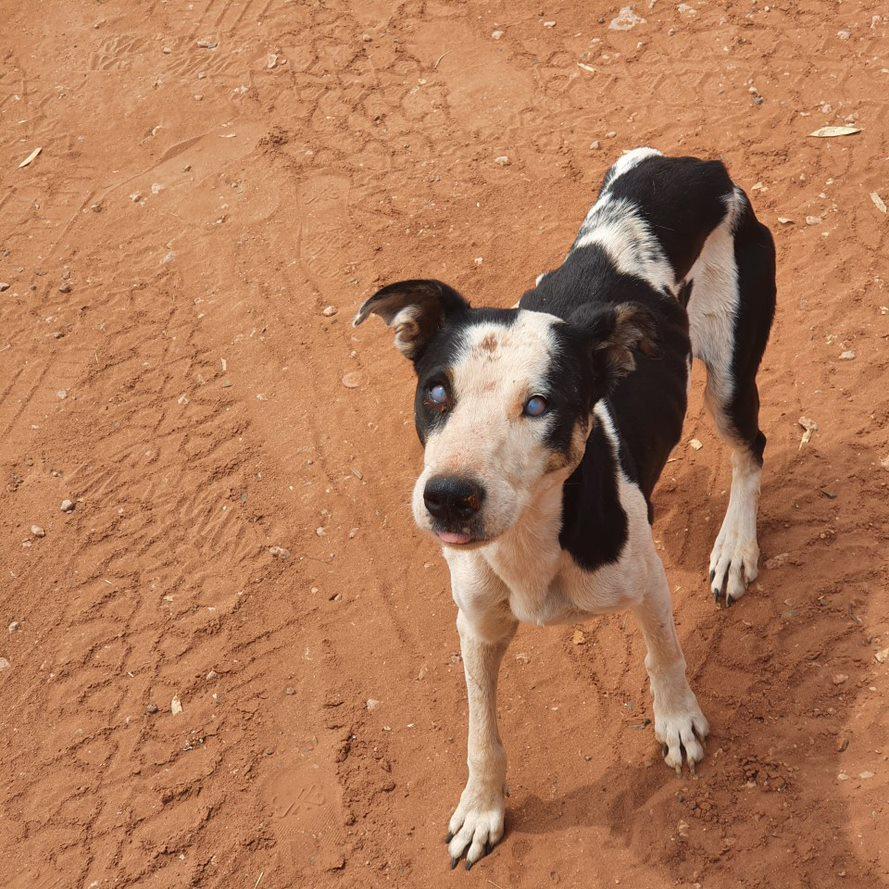AMRRIC first began reporting impacts of ehrlichiosis in remote communities soon after its first diagnosis in Australia, in May 2020.
Since the original detections, AMRRIC has worked to develop educational materials to aid communities to understand the transmission of the disease, its risks to human and animal health in remote communities and also to offer information about prevention and treatment measures.
Unfortunately, while treatment for ehrlichiosis may be successful in some dogs, there are many logistical barriers to effective treatment for dog owners in remote communities. Hence, we are still seeing devastating effects of the disease as it moves through the Northern Territory and Western Australia and there now have been cases of infected dogs and infected ticks reported in other states.
AMRRIC has continued to support the various state and territory government departments, to contribute to the development of effective strategies to limit the spread of ehrlichiosis across southern and eastern Australia. However, feasible strategies to limit dog and tick movement across jurisdictions are difficult to implement and cumbersome to manage. There are currently no restrictions placed on the movement of dogs out of the Northern Territory, however, there are recommendations for movement of dogs into South Australia and within Western Australia.
If you are planning on travelling with your dog or moving your dog between Australian states/territories, it is best to check the relevant Government website for guidelines and recommendations:
- Northern Territory
- Western Australia
- South Australia
- Queensland
- New South Wales
- Victoria
- Australian Capital Territory
- Tasmania
AMRRIC continues to work collaboratively with remote veterinary service providers, local governments, other local stakeholders and community residents to distribute antiparasitic treatments, with a tick focus, in an aim to reduce the impact of ehrlichiosis.
When considering tick prevention, antiparasitic treatments have different modes of action. See here for further explanation of tick preventatives targeting tick control for individual animals and also consideration of tick control for community-wide reduction of tick-borne disease.
To date, AMRRIC have distributed more than 2700 doses of Nexgard® for use in remote communities across the Northern Territory and South Australia. Each dose of Nexgard® treats 1 dog for 1 month for ticks, mites (mange) and fleas. AMRRIC were able to purchase this large quantity of Nexgard® thanks to our incredible donors, and in conjunction with generous sponsorship from pharmaceutical company/manufacturer Boehringer Ingelheim and retailer PETstock.
Over the coming months, AMRRIC will continue to distribute antiparasitics facilitated by the kind donations made by AMRRIC supporters and members.
In the long term, AMRRIC continues working on a larger project to increase community residents access to antiparasitic treatments, such as Nexgard®, by aiming to work with local community stores to stock such product and sell them at a standardised, affordable price.
Watch this space!
